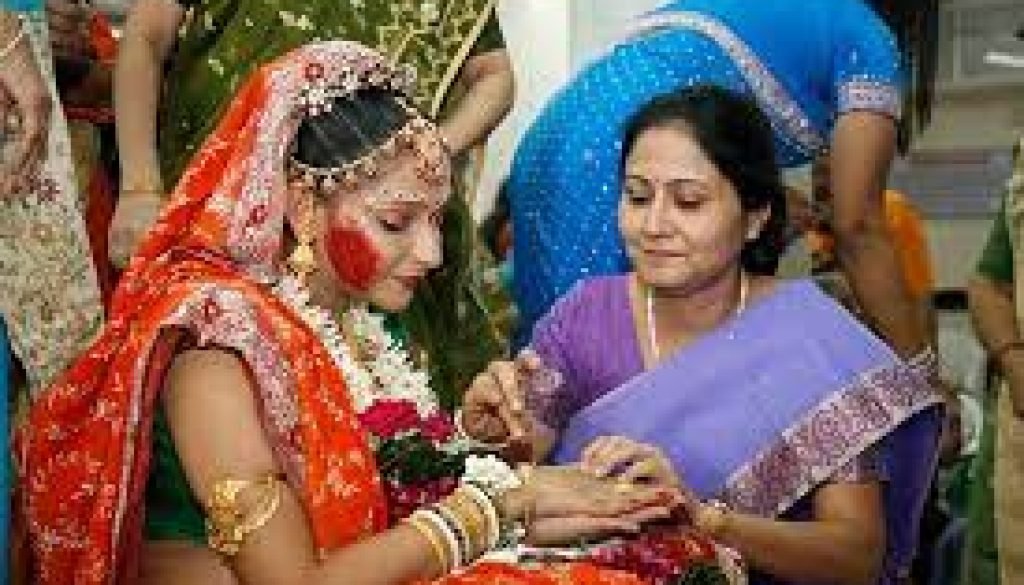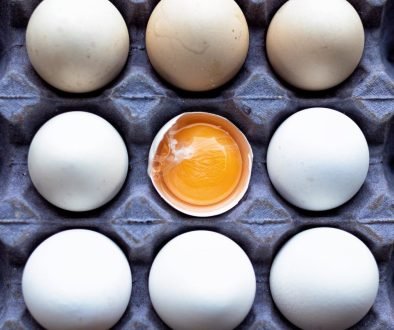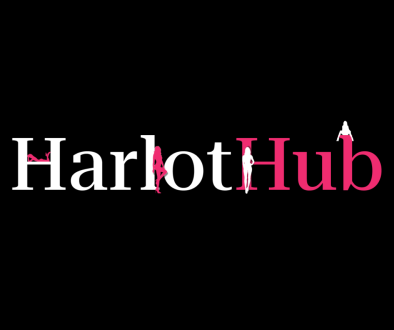Godh Bharai: A Festive Prelude to Parenthood
Godh Bharai, also known as Baby Shower, is a joyous and celebratory event that holds a special place in the hearts of expectant parents and their families. This beautiful Indian tradition, deeply rooted in culture and symbolism, marks the prelude to parenthood. Godh Bharai is a time when loved ones come together to bless the soon-to-be parents and shower them with love, support, and well wishes for the journey of raising a child. This ceremony serves not only as a fun and joyous occasion but also as a meaningful cultural tradition that has been cherished for generations.
In this comprehensive exploration of Godh Bharai, we will delve into the origins, significance, rituals, and the evolving nature of this celebration, shedding light on its diverse cultural variations across India. By understanding the essence of Godh Bharai, we can appreciate the depth of this beautiful ceremony and the significance it holds in Indian culture.
The Origin of Godh Bharai
Godh Bharai, which literally translates to “filling the lap,” is a Hindu ceremony deeply rooted in ancient Indian traditions. It is believed to have originated in the northern regions of India, particularly Punjab and Haryana, where it is still widely celebrated today. The ceremony is a reflection of the rich cultural tapestry of India, with each region adding its unique flavors and customs to the celebration.
The central idea behind Godh Bharai is to honor and bless the expectant mother. It marks the onset of the third trimester of pregnancy when the baby bump becomes more prominent. The symbolism of “filling the lap” represents the blessings and good wishes being bestowed upon the mother-to-be as she prepares to welcome her child into the world.
Significance of Godh Bharai
- Blessings and Well Wishes: Godh Bharai is a time when friends and family gather to offer their blessings and good wishes to the expectant mother and her unborn child. The ceremony is a way of ensuring the mother and the baby are protected from any negative influences and are surrounded by positivity and love.
- Celebrating Motherhood: This celebration is not just about the baby but also about honoring motherhood. It recognizes the strength, resilience, and nurturing spirit of women. It is a way of acknowledging the expectant mother’s journey and the sacrifices she makes for her child.
- Bonding and Support: Godh Bharai brings together family and friends, strengthening the bonds within the community. It provides emotional support to the expectant mother, reminding her that she is not alone on this journey and has a loving network to rely on.
- Gender-Neutral: Unlike some other ceremonies in Indian culture, Godh Bharai is a gender-neutral celebration. It is equally significant for expectant mothers of all genders, reflecting the evolving norms and inclusivity in contemporary Indian society.
Rituals and Traditions
While Godh Bharai has evolved over the years and can vary greatly depending on regional and individual preferences, there are some common rituals and traditions associated with this celebration.
- Invitations: The event typically begins with the distribution of invitations. The expectant mother’s family invites close friends and relatives to the Godh Bharai ceremony, often using colorful and creative invitation cards.
- Dressing the Mother: The mother-to-be is dressed in beautiful traditional attire, often wearing a sari or lehenga. She is adorned with jewelry and flowers, making her feel like a queen for the day.
- Decorations: The venue is usually decorated with vibrant colors, flowers, and balloons. It’s common to see bright and cheerful decorations, symbolizing the joyous occasion.
- Blessings and Prayers: One of the central elements of the ceremony is the blessings and prayers offered to the expectant mother. Elders and other guests bless her by touching her belly and offering their well wishes. It is common for guests to sing traditional songs or recite religious verses.
- Gift-Giving: The guests often bring gifts for the mother and the baby. These gifts can range from practical baby items to symbolic items that carry special meaning. Common gifts include baby clothes, toys, and traditional jewelry for the mother.
- Feasting: A significant part of the celebration is the sumptuous feast prepared for the guests. Traditional Indian delicacies and sweets are served, reflecting the importance of food in Indian culture.
- Games and Entertainment: In some regions, Godh Bharai includes fun games and activities. These games add a playful element to the celebration and keep the guests entertained.
- Mehndi Ceremony: In some cultures, a mehndi or henna ceremony is included as part of the Godh Bharai. The expectant mother and her female friends and family members get intricate henna designs on their hands and feet.
- Cultural Variations: The specific rituals and customs can vary significantly depending on the region and community. For example, in some regions, there may be a “Lavanya” ceremony where the mother is presented with gifts like bangles, bindis, and cosmetics.
- Favors: As a gesture of appreciation, the host family often provides small tokens or return gifts to the guests as a way of saying thank you for their presence and blessings.
Evolving Traditions in Contemporary Godh Bharai
While the core essence of Godh Bharai remains intact, the ceremony has evolved to reflect changing times and cultural influences. Here are some ways in which Godh Bharai has adapted to contemporary life:
- Incorporation of Technology: In the digital age, it’s common to see technology being integrated into the celebration. This may include live streaming the event for loved ones who cannot attend in person or creating a digital guestbook to capture messages and well wishes.
- Themed Celebrations: Some families choose to organize Godh Bharai events with specific themes. This adds a creative and modern touch to the celebration. Popular themes include vintage, floral, and even pop culture-inspired concepts.
- Gender-Inclusive Celebrations: As societal norms evolve, Godh Bharai is increasingly celebrated for parents of all genders. It is not limited to expectant mothers but can include fathers, same-sex couples, and non-binary parents. This reflects a more inclusive and diverse perspective on parenthood.
- Sustainable Celebrations: With growing environmental awareness, many families are opting for eco-friendly Godh Bharai celebrations. This includes using sustainable decorations and reducing waste during the event.
- Destination Godh Bharai: Some families take a more modern approach by turning Godh Bharai into a destination event. This involves traveling to a special location, like a beach resort, and combining the celebration with a mini-vacation.
- Charity and Social Causes: In a philanthropic twist, some families choose to use their Godh Bharai celebration to raise awareness and funds for charitable causes related to maternal and child health.
- Creative Photography and Videography: Capturing the event through creative photography and videography has become a popular trend. Families often hire professional photographers to document the day, creating lasting memories.
Significance Across Indian Regions
Godh Bharai is celebrated with various names and regional customs across India, each reflecting the diversity of the country’s culture. Here are a few examples of how Godh Bharai is celebrated in different regions:
- Punjabi Tradition: In Punjab, Godh Bharai is known as “Lavan Phere” or “Sootak.” The expectant mother is given gifts and blessings, and there is a focus on traditional Punjabi customs and songs.
- Bengali Tradition: In West Bengal, the ceremony is called “Shaad,” and it involves traditional rituals, songs, and blessings. The expectant mother is adorned with the “shankha” (conch shell bangle) and “pola” (red coral bangle), which are symbols of Bengali married life.
- Gujarati Tradition: In Gujarat, Godh Bharai is known as “Saadh Khushi.” The ceremony includes rituals like “Kansar” (eating sweet food) and “Laaja Homa” (offering rice puffs to the sacred fire). The mother-to-be is dressed in a vibrant ghagra choli.
- Rajasthani Tradition: In Rajasthan, Godh Bharai is celebrated with the “Teej” festival, which is dedicated to the Hindu goddess Parvati. Expectant mothers receive gifts, blessings, and participate in special Teej-related rituals.
- South Indian Tradition: In South India, the ceremony is called “Valaikappu” or “Seemantham.” It includes rituals like applying turmeric and sandalwood paste to the mother-to-be, followed by blessings and gifts.
- Maharashtrian Tradition: In Maharashtra, Godh Bharai is known as “Dohale Jevan.” The expectant mother wears a traditional nauvari sari, and the celebration involves singing traditional songs and offering gifts.
- North Indian Tradition: In North India, the ceremony is known as “Shaad” and includes rituals like offering prayers to Lord Krishna, blessings, and a grand feast.
Conclusion
Godh Bharai, or Baby Shower, is a cherished celebration that highlights the essence of love, support, and togetherness in Indian culture. This beautiful prelude to parenthood is not only a time for celebration but also a moment to honor the expectant mother, the journey of motherhood, and the anticipation of welcoming a new life into the world.
As it evolves with the changing times, Godh Bharai continues to reflect the values and cultural diversity of India. Whether celebrated in a traditional or modern way, the essence remains the same: the coming together of friends and family to bless and support the expectant parents.
In a world of constant change, Godh Bharai serves as a reminder of the enduring traditions that connect generations and celebrate the miracle of life. As expectant parents take their place in this timeless tradition, they carry forward the rich tapestry of culture and love that defines the essence of Godh Bharai.



